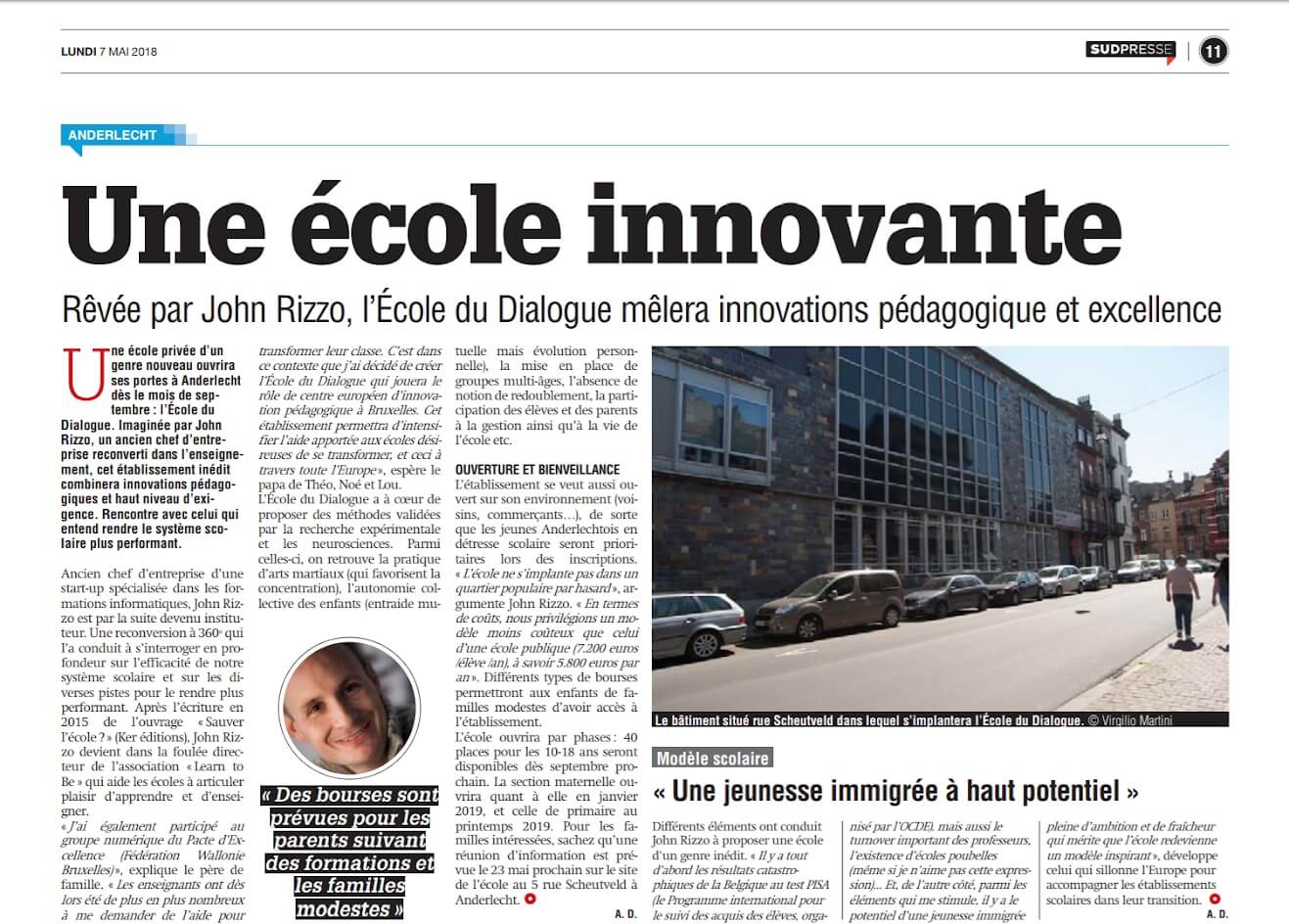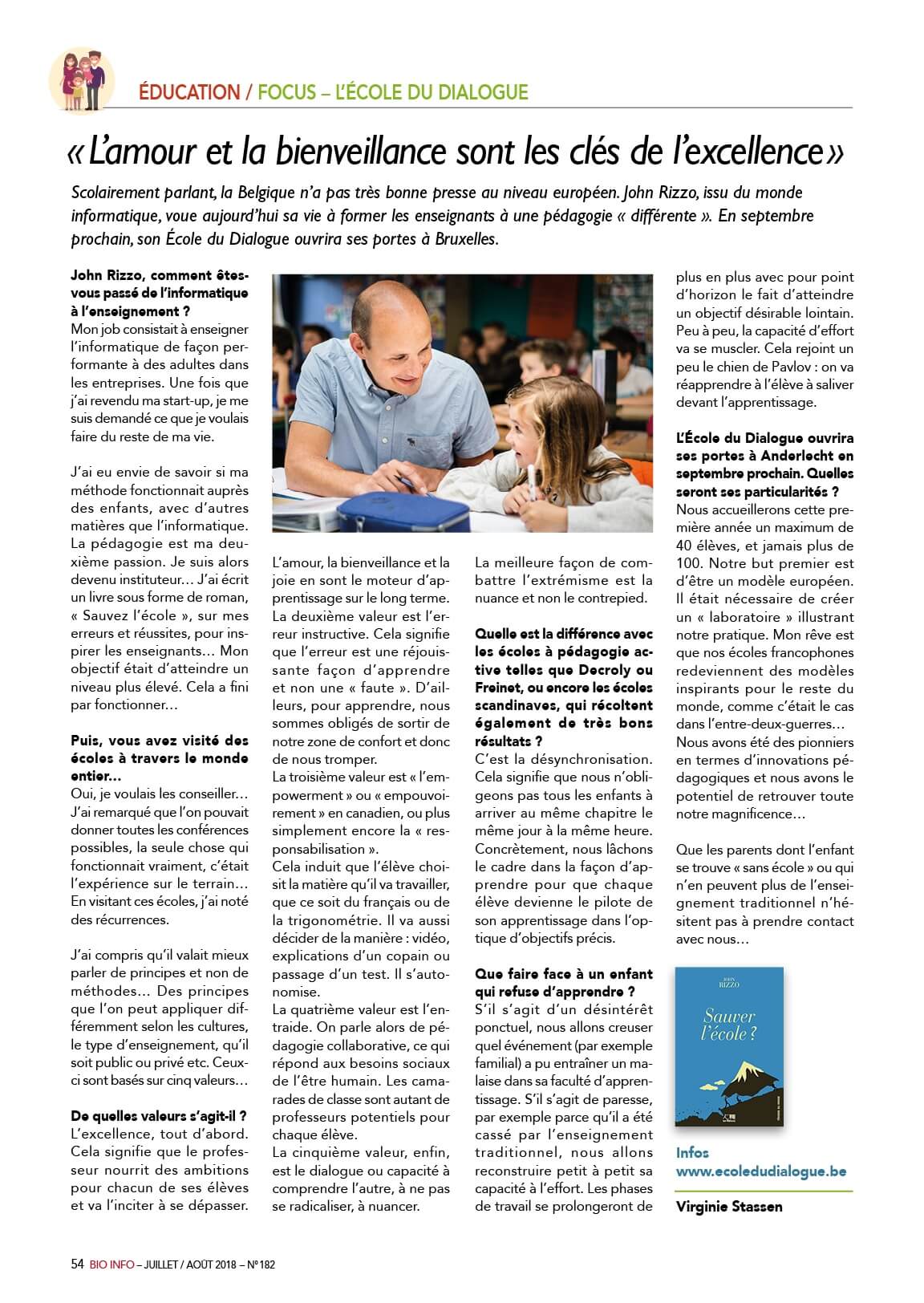Transforming my class
Transforming my class: course & tests
Teachers who want to transform their class will benefit from this step-by-step transformation guide.
Cycle 1 – differentiate
After having explained the transformation to the students, you start by differentiating the exercises: not all students train on the same difficulty level.
Cycle 2 – involve
You involve your student in co-ownership activities, such as the classroom rules design, a system of auctions for rewarding privileges, and more autonomy in the exercises.
Cycle 3 – organize
Your students make decisions for the class management (class meetings). You narrow your speech time. You delegate the correction of some assessments.
Cycle 4 – release
You insist on testable learning goals for your students and you release your control over how they learn.
Cycle 5 – open
Now, it is much easier for your class to welcome students from other classes, other years. It is easier for you to merge 2 classes from time to time and team with a colleague.
Transforming my class – progress grid
The progress grid of the current cycle is typically displayed in the classroom. There are as many opportunities to celebrate progress as they are steps to tick on the grid.
Operating principles of a transformed class
The steps of the course/grid are very detailed. Another way to check where you are going is to invite a colleague. What do adults say about a transformed class when visiting it?
This document summarized the visible features of the transformed class, as reported by many visitors with consistency.
Values of a transformed schools
Transforming a class has consequences on the way learners see the world.
We have identified 5 values on which to insist with teachers and students to favour their change of posture, during the transition. These 5 values are easily remembered by students and be used on a daily basis as a guide, as common vocabulary with them.
- Excellence
- Instructive Mistake
- Empowerment
- Mutual Aid
- Kindness
Objectives vs Activities
Designing effective objectives is difficult for many teachers. They usually design activities which are not objectives in their mindset. This document gathers examples and good practices to make effective course material.
Cycle 4 Implementation Guide
In our experience, most teachers are more efficient in starting implementing the method when they get direct and clear instructions.
It is important to know that if you arrived here, you most likely want to enhance the motivation of your students, make them more independent, develop their 21st century skills and respect and value the differences present in your classroom.
List of privileges to auction
Rewarding good behaviour seems to be an efficient step from punishment towards intrinsic motivation.
This document is an example of a list of privileges for sale. It might be a starting point for creating your own list with the students during a class meeting.
Frequently Asked Questions
The truth is that doubts may arise anytime. That is why we have prepared these frequently asked questions as to try to help to handle the potential uncertainties and questions that you may face during the transformation process.
“Doubts grow with knowledge”
Johann Wolfgang von Goethe


